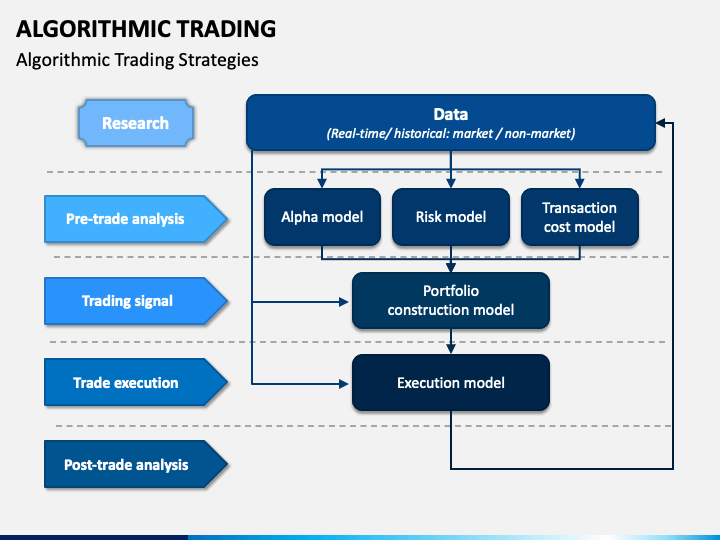
Algorithmic Trading: Strategies for Optimal Market Performance
In the fast-paced world of financial markets, traders are constantly seeking strategies that can give them an edge. One such approach that has gained significant traction in recent years is algorithmic trading. This article explores the intricacies of algorithmic trading, shedding light on various strategies that can contribute to optimal market performance.
Understanding Algorithmic Trading
Algorithmic trading, often referred to as algo trading, involves the use of computer programs to execute trading strategies with speed and efficiency. Unlike traditional manual trading, where human decision-making plays a central role, algorithmic trading relies on algorithms to analyze market conditions, identify opportunities, and execute trades.
Key Components of Algorithmic Trading
Successful algorithmic trading relies on a combination of factors. Firstly, robust algorithms are crucial. These are sets of rules and instructions that guide the program’s decision-making process. Additionally, high-quality data feeds and low-latency execution are vital to ensure that trades are executed swiftly and accurately.
Types of Algorithmic Trading Strategies
Algorithmic trading encompasses various strategies, each designed to capitalize on specific market conditions. Some common types include trend-following strategies, mean reversion strategies, and market-making strategies. Traders often choose a strategy based on their risk tolerance, market expertise, and overall trading objectives.
The Role of Technology in Algorithmic Trading
Advancements in technology have been a driving force behind the rise of algorithmic trading. The use of artificial intelligence, machine learning, and complex mathematical models enables traders to analyze vast amounts of data quickly and make informed decisions. This technological evolution has democratized access to algorithmic trading, allowing both institutional and retail traders to participate.
Risk Management in Algorithmic Trading
While algorithmic trading offers the potential for significant profits, it also comes with inherent risks. Market conditions can change rapidly, and unforeseen events can impact the effectiveness of algorithms. Effective risk management, including setting stop-loss levels and monitoring portfolio exposure, is essential to mitigate potential losses.
Algorithmic Trading and Market Liquidity
One of the benefits of algorithmic trading is its impact on market liquidity. By providing continuous buy and sell orders, algorithmic traders contribute to market efficiency. However, there are concerns that during extreme market conditions, algorithmic trading may exacerbate volatility. Striking a balance between liquidity provision and risk management is crucial for sustainable algorithmic trading.
The Evolution of Algorithmic Trading Platforms
The accessibility of algorithmic trading has increased with the proliferation of online trading platforms. These platforms cater to traders with varying levels of expertise, offering pre-built algorithms for beginners and customizable options for seasoned professionals. The democratization of algorithmic trading has transformed the landscape of financial markets.
Algorithmic Trading and Regulatory Considerations
As algorithmic trading continues to gain prominence, regulators are adapting to address the unique challenges it presents. Regulations aim to ensure fair and transparent markets, prevent market manipulation, and safeguard against systemic risks associated with automated trading. Traders must stay informed about evolving regulatory frameworks.
Midway through this exploration, it’s worth noting the significance of Algorithmic Trading in today’s financial landscape. If you’re interested in delving deeper into this subject, you can check out more about Algorithmic Trading at rockawayuppercrust.com.
Challenges and Future Trends
The landscape of algorithmic trading is dynamic, and traders must stay attuned to emerging challenges and trends. Cybersecurity threats, ethical concerns related to AI-driven decision-making, and ongoing technological advancements are just a few factors that can impact the future of algorithmic trading.
Incorporating Algorithmic Trading into Your Strategy
For traders considering the adoption of algorithmic trading, it’s essential to start small and gradually scale up. Understanding the chosen algorithm, conducting thorough backtesting, and continuously monitoring its performance are key steps in successful implementation.
This article has provided a comprehensive overview of algorithmic trading, from its basic principles to its role in shaping modern financial markets. As technology continues to advance, and markets evolve, algorithmic trading will likely remain a prominent force, offering traders new avenues for optimizing market performance.